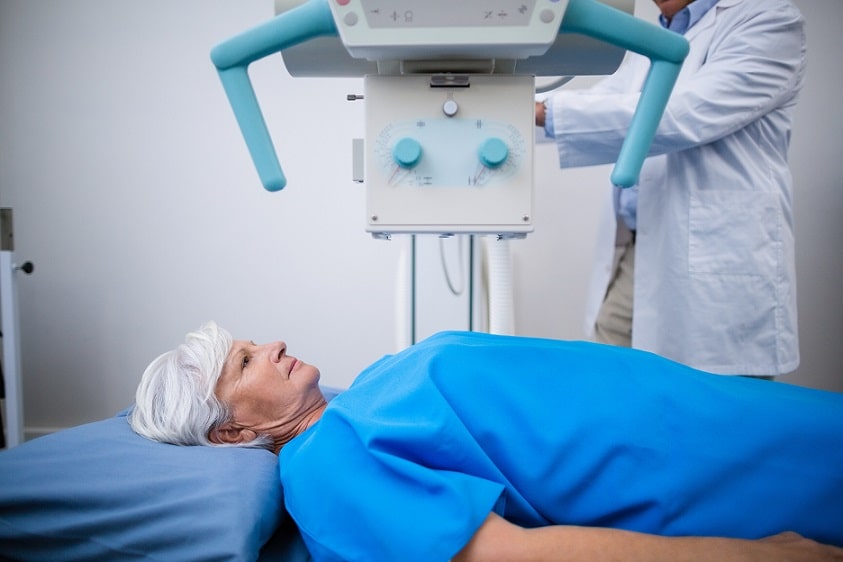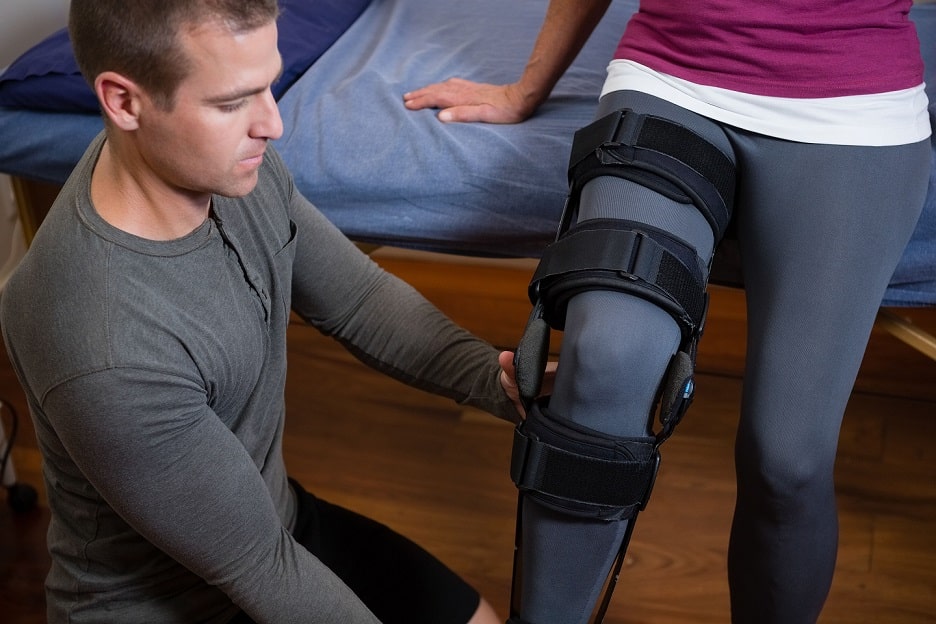 “A man [has] an absolute right to be (on the road) and it is a duty of drivers of vehicles not to run him down” (Craig v Glasgow Corporation (1919) 35 TLR 214). In the old times, when car travel was beyond imaginable and pedestrians and horses ruled, this was the prominent view for pedestrians’ liability. However, now that car travel is the norm, the modern approach places more responsibilty on the pedestrian to exercise due care when stepping off the kerb.
“A man [has] an absolute right to be (on the road) and it is a duty of drivers of vehicles not to run him down” (Craig v Glasgow Corporation (1919) 35 TLR 214). In the old times, when car travel was beyond imaginable and pedestrians and horses ruled, this was the prominent view for pedestrians’ liability. However, now that car travel is the norm, the modern approach places more responsibilty on the pedestrian to exercise due care when stepping off the kerb.
Although the Highway code is often viewed as guidance for drivers, the first 33 paragraphs relate to the rights and duties of pedestrians; for example, ‘pavements should be used if provided’ and ‘wear or carry something light-coloured, bright or fluorescent in poor daylight conditions’. The former is common sense to many but the latter is arguably questionable. How many people think of choosing their brightly coloured clothing to wear on a dark depressing day or at night when going to the theatre, just incase they need to walk on the road?
The most famous set of rules for a pedestrian’s duty is contained within rule 7 and is the message that has been bombarded to us at school and throughout the media for so many years – The Green Cross Code.
This states:
- First find a safe place to cross…
- Stop just before you get to the kerb…
- Look all around for traffic and listen…
- If traffic is coming, let it pass…
- When it is safe, go straight across the road-do not run…
..Or put simply STOP,LOOK AND LISTEN.
If a pedestrian breaches this rule and an accident occurs, they may be found to be at fault or partly at fault for their own injuries.
With so many different crossings out there though, it is easy to see why so many pedestrians and motorists are unclear about where fault would fall if a collision was to occur.
Crossing at traffic lights.
The general rule is that a pedestrian should only cross when motorists are obliged to stop by the showing of a red light, and for the pedestrian, the appearance of the constant green man. In this scenario, the pedestrian is entitled to assume that motorists will stop and therefore if a collision does occur, regardless of whether the pedestrian looked in the direction of the oncoming car, the motorist will normally be found at fault.
Flashing green men are slightly different. If the man begins flashing whilst the pedestrian is still crossing, they continue to have right of way. However, if a pedestrian sees that it is flashing on arriving at the junction they should not begin to cross. As the lights will probably be changing from traffic soon.
But, what happens when a pedestrian crosses when it is the red man showing? Will the motorist be completely free of liability?
Actually, no! The leading case on this involved a pedestrian attempting to cross the road even though the lights showed green in the motorists favour. The motorist, travelling at excessive speed and not keeping a look out for pedestrians, proceeded through the green light and hit a crossing pedestrian. Here the courts split liability (fault) evenly between the parties, showing that there is still a duty on motorists to take care when approaching crossings, regardless of the lights being in their favour.
In the courts words… “a driver of a motor vehicle…would have to exercise a particularly high degree of vigilance to the young, infirm and foolish people’.
Pedestrian crossings
The list of different pedestrian crossings reads something like a role call at the local zoo; the common ones being Zebra, Pelican and Puffin. Whilst these are places for pedestrians to cross, they do not provide an absolute right to cross and the responsibility is still on pedestrians to be vigilant and check before stepping out in the road. When using these crossings the share of the blame will be dependant upon two factors: the speed of the driver and whether they were keeping any proper look out. The split of liability can vary from accident to accident.
For Zebra crossings there is an absolute duty on motorists that a pedestrian would have the right to cross, regardless of how unexpectedly or suddenly they crossed. Although this appears harsh, it underlines the guidance expressed throughout the highway code and inevitably this blog that drivers are to be especially careful and slow down when approaching a pedestrian crossing.
Ultimately, who is to blame?
The duties of pedestrians and motorists are different. Moving vehicles can be lethal weapons against vulnerable fragile pedestrians and consequently the courts place a considerable burden on drivers.
Things such as how fast the driver was going, how suddenly the pedestrian stepped out onto the road, and how aware the driver was of their surroundings, will impact on any decision.
Although the majority of cases follow the pattern of the motorist being found more liable than the pedestrian, there are occasions where the pedestrian is at fault and the motorist will have suffered loss and damage. Although in one case the defendant’s evidence was “[I] stepped off the kerb without looking and the next thing I was flying. It was entirely my fault” and therefore the courts were unlikley to rule anything other than the defendant being solely responsible.
Using the words of the House of Lords “Generally speaking, when two parties are moving in relation to one another as to involve the risk of collision, each owes the other a duty to move with due care, and this is true where one is on foot and the other controlling a moving vehicle…. (Nance v British columbia Electric Railway Company Ltd (1951) AC 601.)“

 “A man [has] an absolute right to be (on the road) and it is a duty of drivers of vehicles not to run him down” (Craig v Glasgow Corporation (1919) 35 TLR 214). In the old times, when car travel was beyond imaginable and pedestrians and horses ruled, this was the prominent view for pedestrians’ liability. However, now that car travel is the norm, the modern approach places more responsibilty on the pedestrian to exercise due care when stepping off the kerb.
“A man [has] an absolute right to be (on the road) and it is a duty of drivers of vehicles not to run him down” (Craig v Glasgow Corporation (1919) 35 TLR 214). In the old times, when car travel was beyond imaginable and pedestrians and horses ruled, this was the prominent view for pedestrians’ liability. However, now that car travel is the norm, the modern approach places more responsibilty on the pedestrian to exercise due care when stepping off the kerb.









